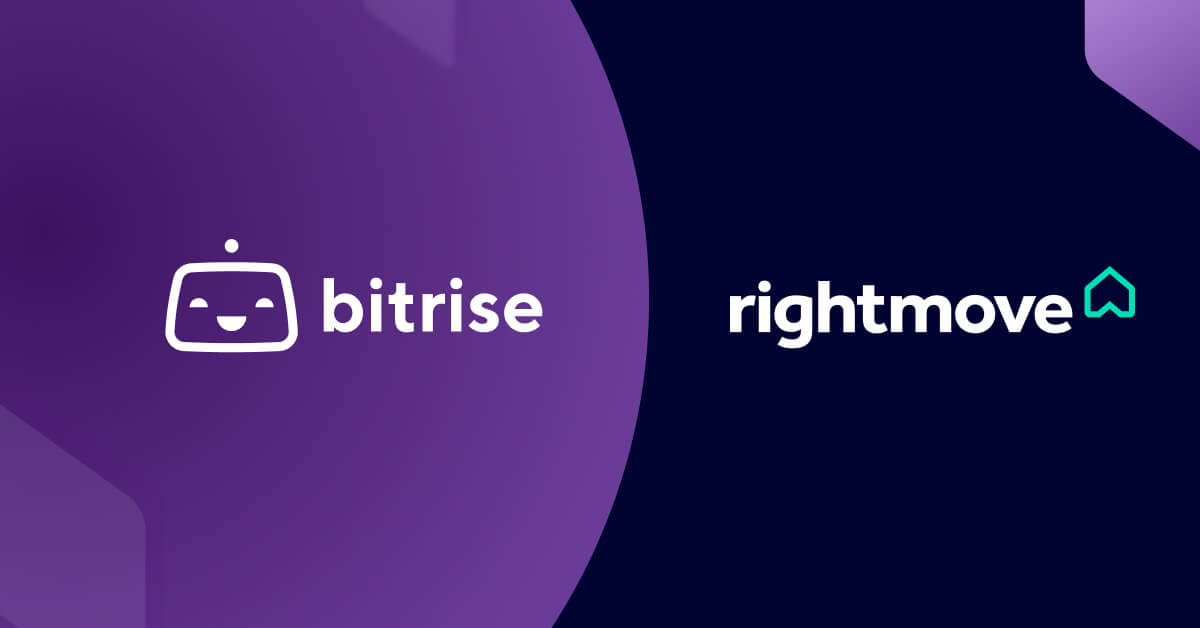Neo Financial, a bold startup taking on billion-dollar banks, is shaking up the Canadian fintech industry with ambitious products and user-friendly features that elevates the Canadian mobile finance experience.
Neo Financial’s growing team recently reached unicorn status. Part of its secret for success is in developing a number of tactics for fostering collaboration across the organization.
In a webinar hosted by Edyta Kucharska (Product Operations Manager at Bitrise), Sudeep Sidhu (Lead Mobile Developer at Neo Financial) and Eric Holle (Senior Growth Product Manager at Neo Financial) five tactics for building high-quality products and releasing them fast were outlined.
This article contains quotes from the full webinar.
1. Frequent communication
Neo Financial says its collaboration is successful because of open communication — everyone gets updated regularly.
“We’ve got a lot of rituals that we like to stick to to help convey [what’s happening across the organization],” says Holle. “Tight feedback loops give people the opportunity to download a lot of the information from everything going on around them.”
They keep those feedback loops tight with frequent check-ins. Teams have daily stand-ups and weekly updates, and the whole company gathers for an all-hands meeting every other week.
Stand-ups are simple, nothing particularly unique. Everyone shares what they’re working on that day and any blockers that are in their path. People ask each other for advice and generally try to make sure everyone on the team is aware of all the moving parts. Weekly updates cover current projects and what’s expected over the next month or quarter.
The company-wide all-hands meeting includes an in-depth look at products or features in the works.
“We’ll go deep on one part of the product and talk about our strategy, our vision, and what we’re doing and why,” Holle explains. The goal is to give the team plenty of information so they can make better decisions, drive positive results, and continue to grow.
2. Cross-functional squads
Instead of silo-ing employees in teams by role type, Neo Financial groups employees in small, cross-functional squads. These squads are a mix of product roles: designers, quality assurance (QA), and UX researchers or writers. By grouping employees who do different kinds of work into smaller teams, this growing company manages to keep the feel of a small, close-knit startup.
Collaboration is intuitive with small teams because everyone needs to talk to each other and share their expertise to complete projects. For example, if a developer is building something and the UX design isn’t working, they can easily pull in a designer from their squad and solve the issue right away. In another organization, a developer would likely have to jump through a few hoops to talk to a designer or even wait for the designer to wrap up another project. With Neo’s team set up, the designer and developer have the same goals and project priorities, so collaboration is easy.
3. Transparency across the organization
As much as cross-functional squads are important to Neo Financial’s day-to-day functioning, the company also relies on visibility between squads. Detailed documentation and open Slack channels make it easy for employees to stay up to date on what’s happening in any part of the company at any given moment.
“So, even if I’m not working on, let’s say, the card processing aspect of Neo, I still know a lot about it because that information has been shared over and over again,” says Sidhu. “If someone doesn’t know how something works or they need some information or context to make a decision, they can go check documentation before asking someone or pulling somebody in.”
Neo also encourages thorough and ongoing communication through Slack. Each area of expertise has a Slack channel, so people know where to go to ask questions if they need to sync with a specific team, like product, engineering, or QA.
4. A focus on quality, not speed
Neo Financial prioritizes product quality and attention to detail over moving quickly — essentially the opposite of the old adage: move fast and break things.
“The thing to focus on isn’t necessarily how fast it’s going to take,” Holle says. “Really, what you want to ask is, what is the quality of that scope? If the quality of the scope is very, very high, we can turn the feature around much more quickly than if the quality of the scope is low.”
Teams are encouraged to align on objectives every step of the way. Neo’s leadership has found that if they focus on alignment and keep everyone updated, they can usually turn features around in less than two weeks anyway. Quality is better with no discernable impact on timelines.
So, instead of focusing on developing fast, they’re now focused on planning to prevent as many bugs and delays as possible. That includes allowing plenty of time for riskier features that require extra testing.
5. Early involvement from all teams
Another way Neo Financial saves time by moving slowly is to involve all teams in every aspect of a product, from planning to delivery. Some roles have a tendency to be left out of planning until the execution phase at other organizations. Developers are often particularly undervalued in the planning phase of projects.
Neo knows all too well the pain of designing and committing to features only to discover it’s not actually feasible from a developer’s perspective. This same approach is applied to ops, legal, finance, and other teams.
“A lot of the stuff that we’re doing has major regulatory implications, major credit risk implications, [and] potentially fraud implications,” Holle says. “Because they’re brought in earlier on to the phase, they can highlight the problem areas.”
Neo Financial also consults with all its internal experts from the start to ensure it has thought of every angle possible to prevent delays later in the process.
Want to know more about how Neo Financial became a unicorn? Watch the whole interview
There’s much more covered in the 55-minute webinar than we can cover here. For example, Kucharska asks Sidhu and Holle more about the technical side of their release schedule, what they do when they disagree, and how they manage to onboard employees so fast.
Learn more about how Neo Financial crafts its uniquely collaborative culture.




